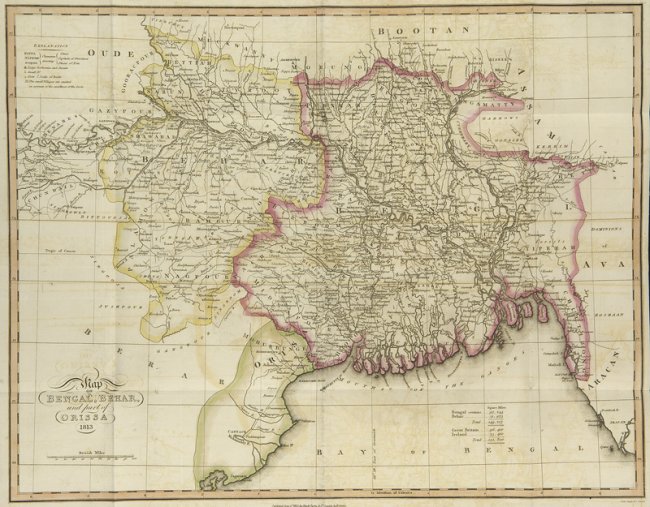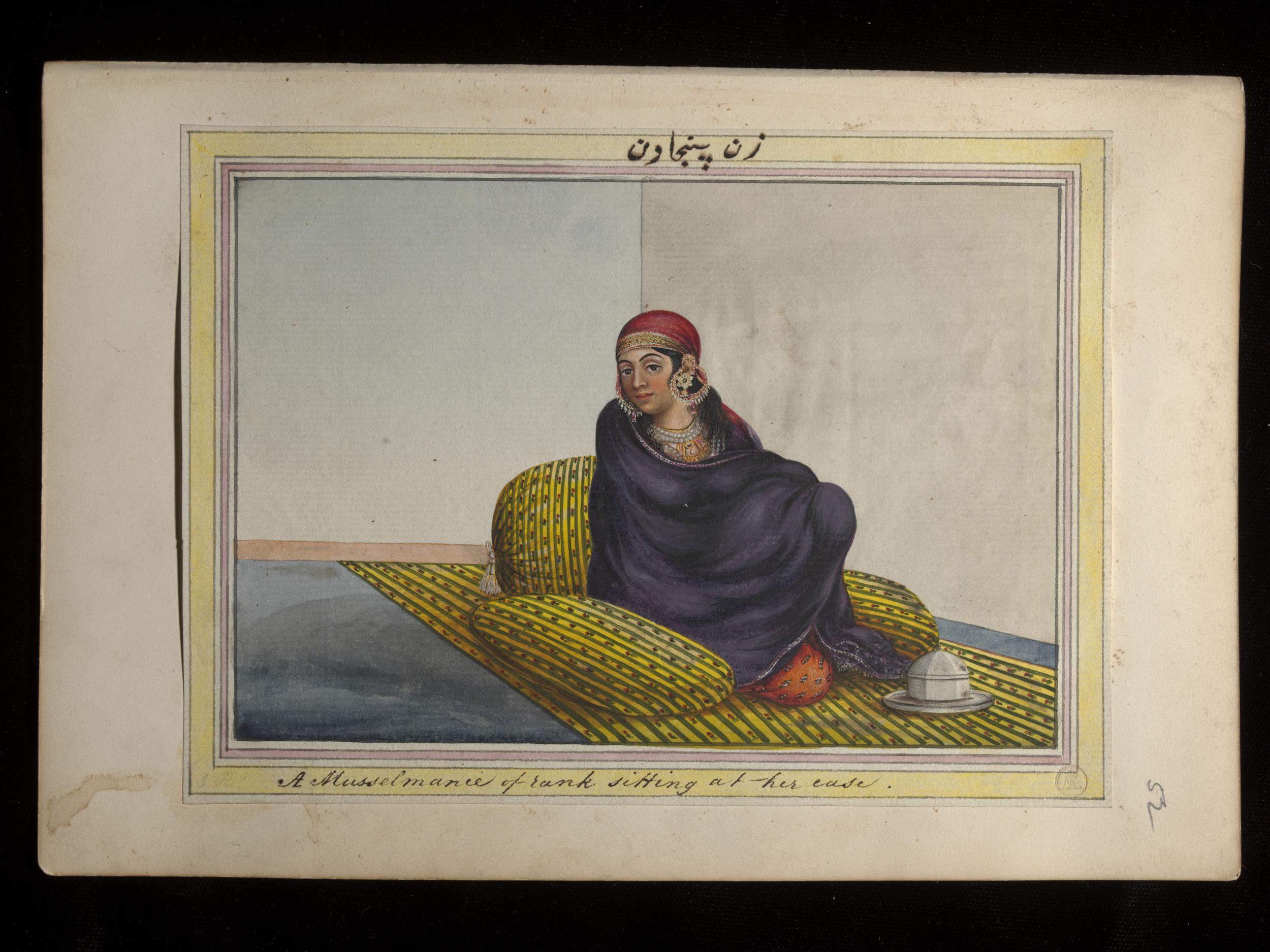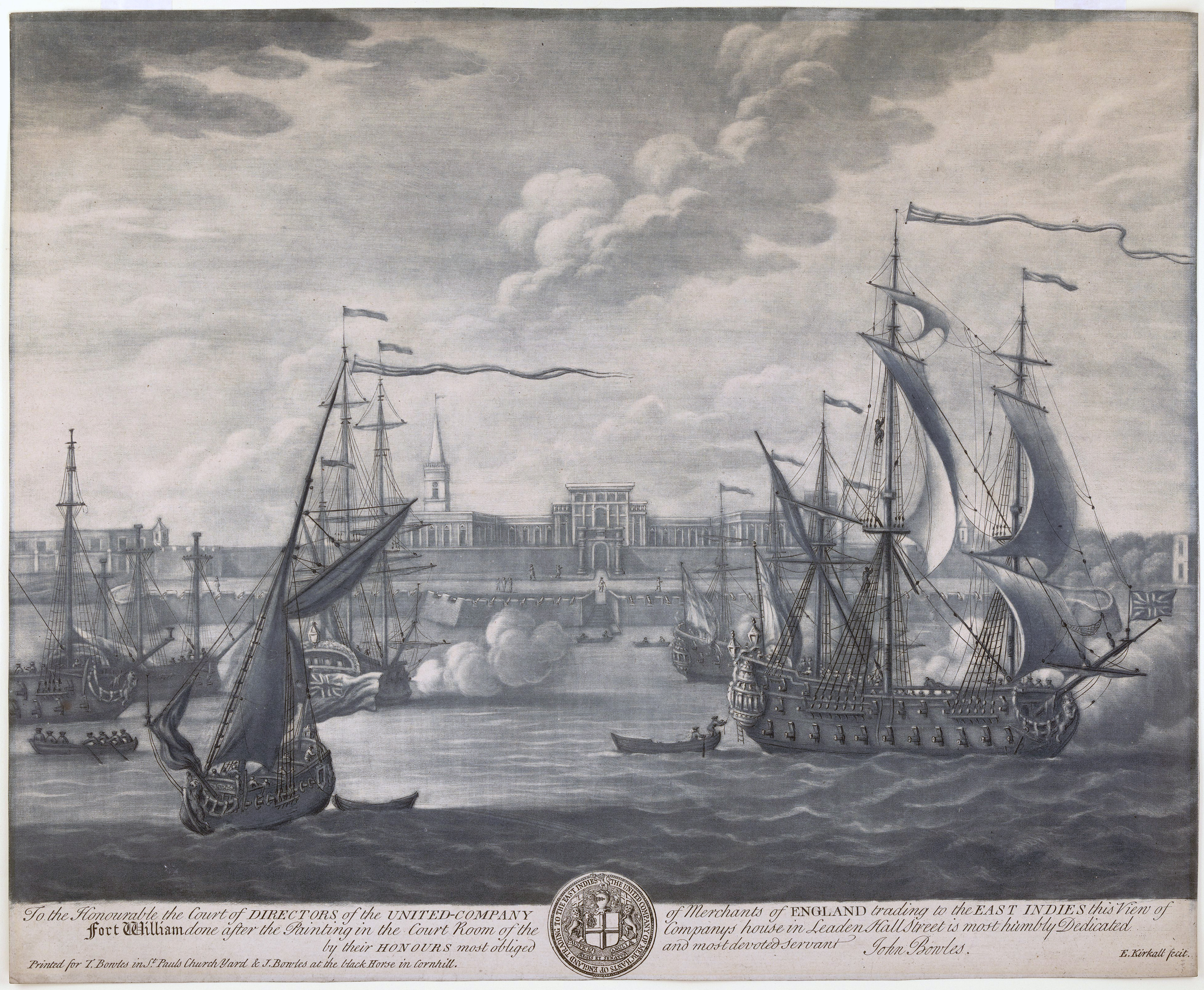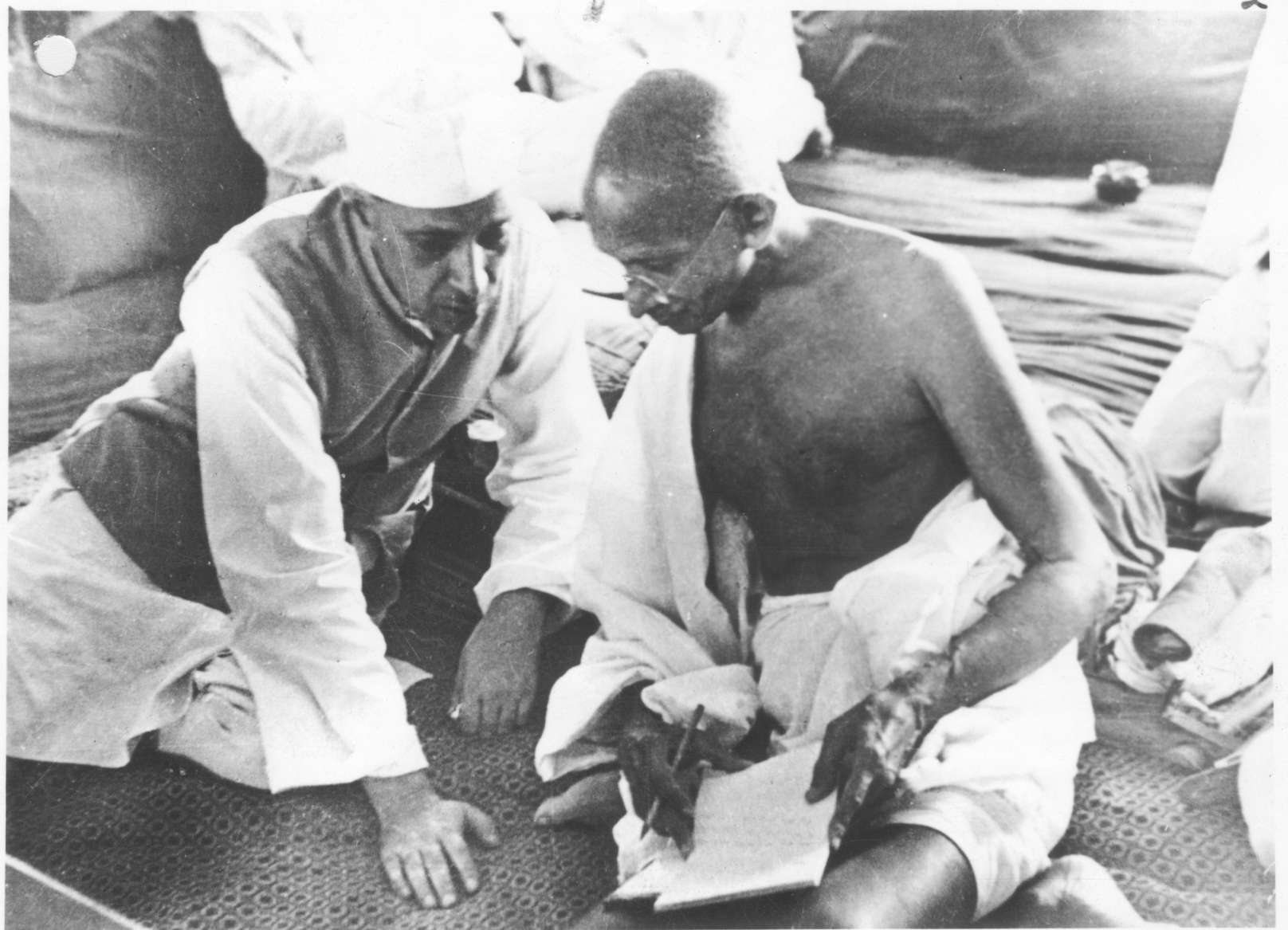|
Krishna Bose
Krishna Bose (26 December 1930 – 22 February 2020) was an Indian politician, educator, author and social worker. She was a Member of Parliament elected from the Jadavpur constituency in West Bengal as an All India Trinamool Congress candidate. She taught at City College, Kolkata for 40 years, and thereafter remained its principal for 8 years. Early life and background Bose was born on 26 December 1930 in Dacca to Charu C. Chaudhuri and Chhaya Devi Chaudhurani. Her father specialised in constitutional studies and was one of the secretaries of the West Bengal Legislative Assembly. She married Sisir Kumar Bose, on 9 December 1955 and has two sons, Sumantra Bose, Sugata Bose and a daughter Sarmila Bose. Sisir Bose is the son of Sarat Chandra Bose, the elder brother of Subhas Chandra Bose. He too fought against the British Raj and was imprisoned in Lahore Fort and Red Fort for his role in Subhas Chandra Bose's escape from Calcutta in 1941 during the Quit India Movement and World W ... [...More Info...] [...Related Items...] OR: [Wikipedia] [Google] [Baidu] |
Dacca
Dhaka ( or ; bn, ঢাকা, Ḍhākā, ), formerly known as Dacca, is the capital and largest city of Bangladesh, as well as the world's largest Bengali-speaking city. It is the eighth largest and sixth most densely populated city in the world with a population of 8.9 million residents as of 2011, and a population of over 21.7 million residents in the Greater Dhaka Area. According to a Demographia survey, Dhaka has the most densely populated built-up urban area in the world, and is popularly described as such in the news media. Dhaka is one of the major cities of South Asia and a major global Muslim-majority city. Dhaka ranks 39th in the world and 3rd in South Asia in terms of urban GDP. As part of the Bengal delta, the city is bounded by the Buriganga River, Turag River, Dhaleshwari River and Shitalakshya River. The area of Dhaka has been inhabited since the first millennium. An early modern city developed from the 17th century as a provincial capital ... [...More Info...] [...Related Items...] OR: [Wikipedia] [Google] [Baidu] |
Sumantra Bose
Sumantra Bose is an Indian political scientist and professor of international and comparative politics at the London School of Economics. He specialises in the study of ethnic and national conflicts and their management, with a particular focus on the Indian subcontinent (especially Kashmir) and the former Yugoslavia (in particular Bosnia and Herzegovina). Personal life Bose is the son of Sisir Kumar Bose a pediatrician and Krishna Bose née Chaudhuri, professor of English, writer and politician, and a grandson of Sarat Chandra Bose. Sugata Bose (Gardiner Professor of Oceanic History and Affairs at Harvard University) is his elder brother and Sarmila Bose (b. 1959) is his elder sister. Bose was educated in Indian schools, and then went to the United States for further studies. He graduated from Amherst College, Massachusetts, with a BA with highest honours in 1992, and followed that up with MA, M.Phil and Ph.D. (1998) degrees in political science at Columbia University, New Yor ... [...More Info...] [...Related Items...] OR: [Wikipedia] [Google] [Baidu] |
Uttar Pradesh
Uttar Pradesh (; , 'Northern Province') is a state in northern India. With over 200 million inhabitants, it is the most populated state in India as well as the most populous country subdivision in the world. It was established in 1950 after India had become a republic. It was a successor to the United Provinces (UP) during the period of the Dominion of India (1947–1950), which in turn was a successor to the United Provinces (UP) established in 1935, and eventually of the United Provinces of Agra and Oudh established in 1902 during the British Raj. The state is divided into 18 divisions and 75 districts, with the state capital being Lucknow, and Prayagraj serving as the judicial capital. On 9 November 2000, a new state, Uttaranchal (now Uttarakhand), was created from Uttar Pradesh's western Himalayan hill region. The two major rivers of the state, the Ganges and its tributary Yamuna, meet at the Triveni Sangam in Prayagraj, a Hindu pilgrimage site. O ... [...More Info...] [...Related Items...] OR: [Wikipedia] [Google] [Baidu] |
Lucknow
Lucknow (, ) is the capital and the largest city of the Indian state of Uttar Pradesh and it is also the second largest urban agglomeration in Uttar Pradesh. Lucknow is the administrative headquarters of the eponymous district and division. Having a population of 2.8 million as per 2011 census, it is the eleventh most populous city and the twelfth-most populous urban agglomeration of India. Lucknow has always been a multicultural city that flourished as a North Indian cultural and artistic hub, and the seat of power of Nawabs in the 18th and 19th centuries. It continues to be an important centre of governance, administration, education, commerce, aerospace, finance, pharmaceuticals, technology, design, culture, tourism, music and poetry. The city stands at an elevation of approximately above sea level. Lucknow city had an area of till December 2019, when 88 villages were added to the municipal limits and the area increased to . Bounded on the east by Barabanki, on th ... [...More Info...] [...Related Items...] OR: [Wikipedia] [Google] [Baidu] |
Calcutta
Kolkata (, or , ; also known as Calcutta , the official name until 2001) is the capital of the Indian state of West Bengal, on the eastern bank of the Hooghly River west of the border with Bangladesh. It is the primary business, commercial, and financial hub of Eastern India and the main port of communication for North-East India. According to the 2011 Indian census, Kolkata is the seventh-most populous city in India, with a population of 45 lakh (4.5 million) residents within the city limits, and a population of over 1.41 crore (14.1 million) residents in the Kolkata Metropolitan Area. It is the third-most populous metropolitan area in India. In 2021, the Kolkata metropolitan area crossed 1.5 crore (15 million) registered voters. The Port of Kolkata is India's oldest operating port and its sole major riverine port. Kolkata is regarded as the cultural capital of India. Kolkata is the second largest Bengali-speaking city after Dhaka ... [...More Info...] [...Related Items...] OR: [Wikipedia] [Google] [Baidu] |
English Literature
English literature is literature written in the English language from United Kingdom, its crown dependencies, the Republic of Ireland, the United States, and the countries of the former British Empire. ''The Encyclopaedia Britannica'' defines English literature more narrowly as, "the body of written works produced in the English language by inhabitants of the British Isles (including Ireland) from the 7th century to the present day. The major literatures written in English outside the British Isles are treated separately under American literature, Australian literature, Canadian literature, and New Zealand literature." However, despite this, it includes literature from the Republic of Ireland, "Anglo-American modernism", and discusses post-colonial literature. ; See also full articles on American literature and other literatures in the English language. The English language has developed over the course of more than 1,400 years. The earliest forms of English, a set of Angl ... [...More Info...] [...Related Items...] OR: [Wikipedia] [Google] [Baidu] |
World War II
World War II or the Second World War, often abbreviated as WWII or WW2, was a world war that lasted from 1939 to 1945. It involved the World War II by country, vast majority of the world's countries—including all of the great powers—forming two opposing military alliances: the Allies of World War II, Allies and the Axis powers. World War II was a total war that directly involved more than 100 million Military personnel, personnel from more than 30 countries. The major participants in the war threw their entire economic, industrial, and scientific capabilities behind the war effort, blurring the distinction between civilian and military resources. Air warfare of World War II, Aircraft played a major role in the conflict, enabling the strategic bombing of population centres and deploying the Atomic bombings of Hiroshima and Nagasaki, only two nuclear weapons ever used in war. World War II was by far the List of wars by death toll, deadliest conflict in hu ... [...More Info...] [...Related Items...] OR: [Wikipedia] [Google] [Baidu] |
Quit India Movement
The Quit India Movement, also known as the August Kranti Movement, was a movement launched at the Bombay session of the All India Congress Committee by Mahatma Gandhi on 8th August 1942, during World War II, demanding an end to British rule in India. After the failure of the Cripps Mission to secure Indian support for the British war effort, Gandhi made a call to ''Do or Die'' in his Quit India movement delivered in Bombay on 8 August 1942 at the Gowalia Tank Maidan. The All India Congress Committee launched a mass protest demanding what Gandhi called "An Orderly British Withdrawal" from India. Even though it was at war, the British were prepared to act. Almost the entire leadership of the Indian National Congress was imprisoned without trial within hours of Gandhi's speech. Most spent the rest of the war in prison and out of contact with the masses. The British had the support of the Viceroy's Council, of the All India Muslim League, the Hindu Mahasabha, the princely s ... [...More Info...] [...Related Items...] OR: [Wikipedia] [Google] [Baidu] |
Red Fort
The Red Fort or Lal Qila () is a historic fort in Old Delhi, Delhi in India that served as the main residence of the Mughal Emperors. Emperor Shah Jahan commissioned construction of the Red Fort on 12 May 1638, when he decided to shift his capital from Agra to Delhi. Originally red and white, its design is credited to architect Ustad Ahmad Lahori, who also constructed the Taj Mahal. The fort represents the peak in Mughal architecture under Shah Jahan, and combines Persianate palace architecture with Indian traditions. The fort was plundered of its artwork and jewels during Nadir Shah's invasion of the Mughal Empire in 1739. Most of the fort's marble structures were subsequently demolished by the British following the Indian Rebellion of 1857. The fort's defensive walls were largely undamaged, and the fortress was subsequently used as a garrison. On 15 August 1947, the first Prime Minister of India, Jawaharlal Nehru, raised the Indian flag above the La ... [...More Info...] [...Related Items...] OR: [Wikipedia] [Google] [Baidu] |
Lahore Fort
The Lahore Fort ( ur, , lit=Royal Fort, translit=Shāhī Qilā, label=Punjabi and Urdu) is a citadel in the city of Lahore, Pakistan. The fortress is located at the northern end of walled city Lahore, and spreads over an area greater than 20 hectares. It contains 21 notable monuments, some of which date to the era of Emperor Akbar. The Lahore Fort is notable for having been almost entirely rebuilt in the 17th century, when the Mughal Empire was at the height of its splendour and opulence. Though the site of the Lahore Fort has been inhabited for millennia, the first record of a fortified structure at the site was regarding an 11th-century mud-brick fort. The foundations of the modern Lahore Fort date to 1566 during the reign of Emperor Akbar, who bestowed the fort with a syncretic architectural style that featured both Islamic and Hindu motifs. Additions from the Shah Jahan period are characterized by luxurious marble with inlaid Persian floral designs, while the fort's gr ... [...More Info...] [...Related Items...] OR: [Wikipedia] [Google] [Baidu] |
British Raj
The British Raj (; from Hindi language, Hindi ''rāj'': kingdom, realm, state, or empire) was the rule of the British The Crown, Crown on the Indian subcontinent; * * it is also called Crown rule in India, * * * * or Direct rule in India, * Quote: "Mill, who was himself employed by the British East India company from the age of seventeen until the British government assumed direct rule over India in 1858." * * and lasted from 1858 to 1947. * * The region under British control was commonly called India in contemporaneous usage and included areas directly administered by the United Kingdom of Great Britain and Ireland, United Kingdom, which were collectively called Presidencies and provinces of British India, British India, and areas ruled by indigenous rulers, but under British British paramountcy, paramountcy, called the princely states. The region was sometimes called the Indian Empire, though not officially. As ''India'', it was a founding member of the League of Nations, a ... [...More Info...] [...Related Items...] OR: [Wikipedia] [Google] [Baidu] |
Subhas Chandra Bose
Subhas Chandra Bose ( ; 23 January 1897 – 18 August 1945 * * * * * * * * *) was an Indian nationalist whose defiance of British authority in India made him a hero among Indians, but his wartime alliances with Nazi Germany and Imperial Japan left a legacy vexed by authoritarianism,* * anti-Semitism,* * * * * * and military failure.* * * * The honorific Netaji (Hindi: "Respected Leader") was first applied to Bose in Germany in early 1942—by the Indian soldiers of the '' Indische Legion'' and by the German and Indian officials in the Special Bureau for India in Berlin. It is now used throughout India. Subhas Bose was born into wealth and privilege in a large Bengali family in Orissa during the British Raj. The early recipient of an Anglocentric education, he was sent after college to England to take the Indian Civil Service examination. He succeeded with distinction in the vital first exam but demurred at taking the routine final exam, citing nationalism to be a hig ... [...More Info...] [...Related Items...] OR: [Wikipedia] [Google] [Baidu] |







.jpg)


